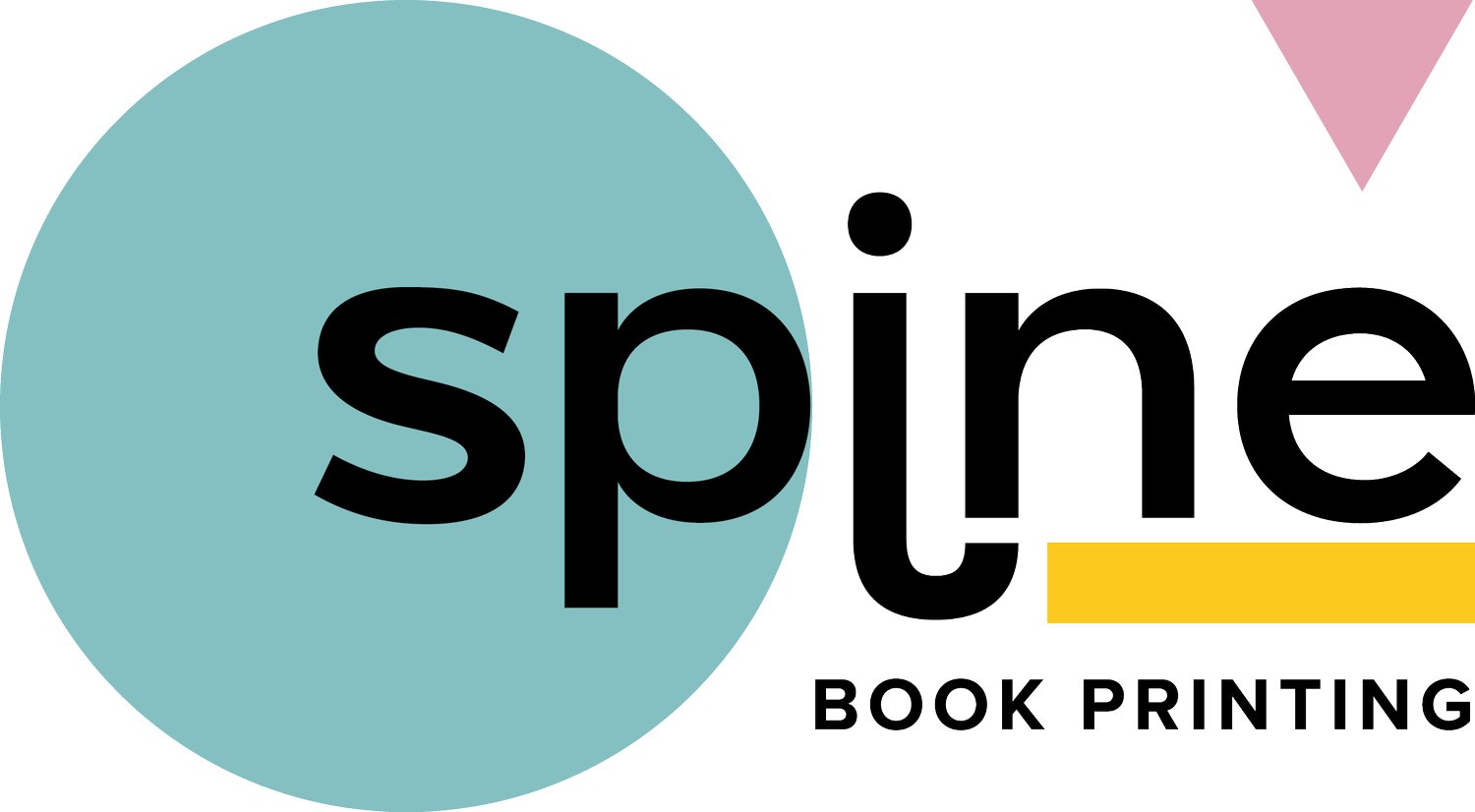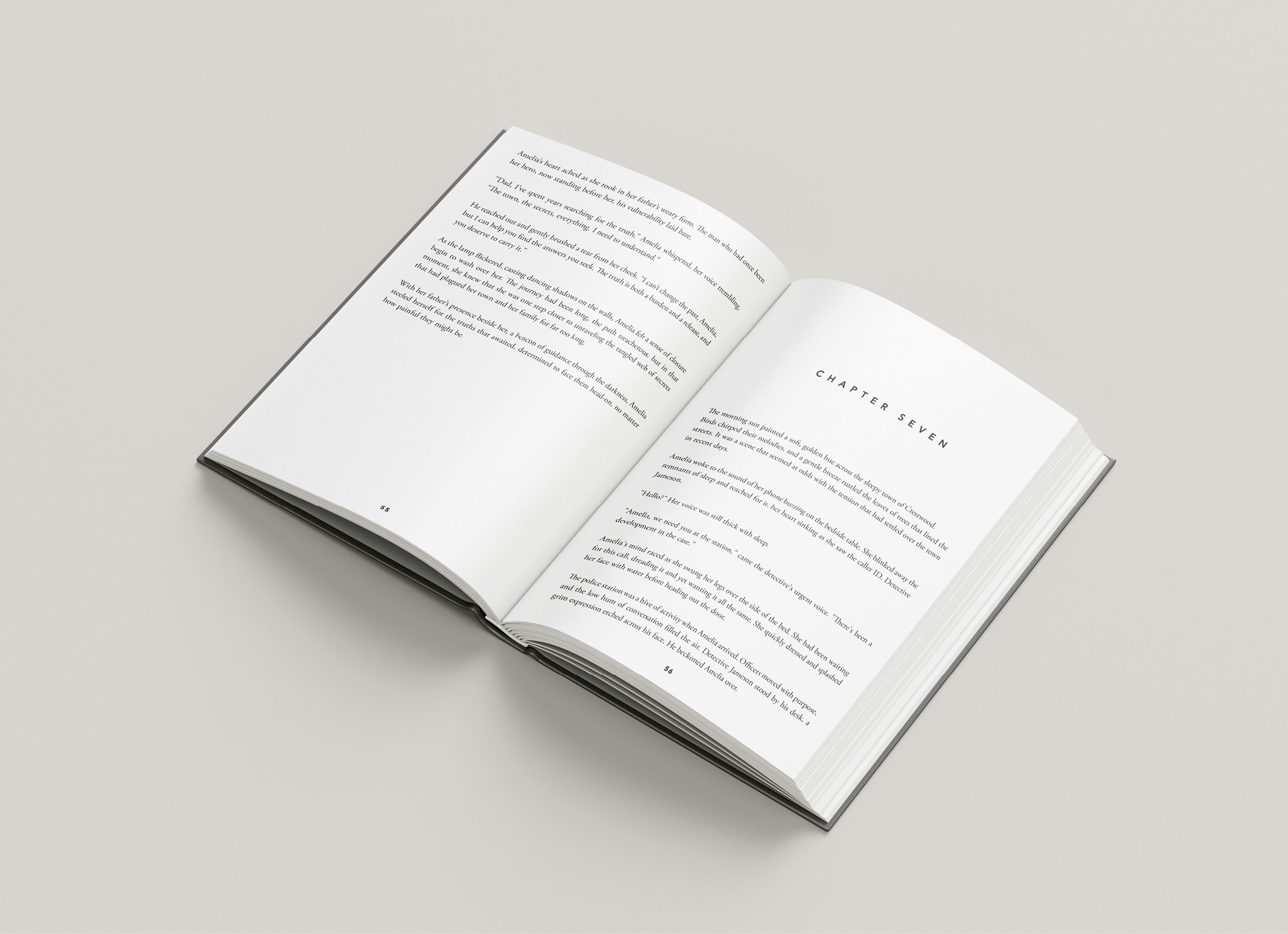The Importance of Editing and Proofreading in Self-Publishing Success
The road to self-publishing success is paved with numerous essential steps and considerations, from the creative process of writing and designing your book to the strategic decisions for printing, marketing, and distribution. One vital aspect that often goes uncelebrated, but has a profound impact on your book's reception, is the fine art of editing and proofreading. Ensuring that your manuscript is free from errors and inconsistencies before it reaches the printing stage is crucial to your book's credibility, readability, and overall appeal. In this informative guide, we will discuss the significance of editing and proofreading in the self-publishing journey, offering essential tips and insights to refine your manuscript to perfection.
Investing time, effort, and resources in editing and proofreading may seem like an afterthought compared to the excitement of crafting a story and designing its visual presentation. However, as an author, it is essential to recognise that typos, grammatical errors, and awkward word choices can detract from your book's reading experience and even discourage potential readers from purchasing your work. By committing to a thorough editing and proofreading process, you can produce a polished manuscript that captures the compelling essence of your writing style and provides a seamless, enjoyable experience for your readers.
1. Distinguishing between Different Types of Editing
Understanding the distinctions between various types of editing is the first step towards refining your manuscript. Let's explore the most common forms of editing to help you determine which is best suited for your manuscript:
Developmental Editing: This comprehensive editing process evaluates your manuscript's overarching structure, plot, characterisation, pacing, and narrative voice. A developmental editor offers insightful suggestions for improvement and ensures each element of your story is well-balanced and compelling.
Line Editing: Line editing, also known as stylistic editing, examines your manuscript at a sentence level, focusing on coherence, clarity, and overall readability. A line editor fine-tunes each sentence, enhancing your writing style without altering your unique voice.
Copyediting: Focused on the technical and mechanical aspects of writing, copyediting detects and corrects grammatical errors, typos, punctuation, and inconsistencies in style and formatting. This process ensures that your manuscript is polished, coherent, and adheres to a consistent style guide.
2. The Crucial Role of Proofreading in Your Self-Publishing Journey
Following the editing process, proofreading serves as the final quality check for your manuscript before it heads to printing. This stage entails meticulously examining every word, punctuation mark, and formatting detail to identify any remaining errors or inconsistencies. Skilled proofreaders possess meticulous attention to detail and deep knowledge of grammar, punctuation, and spelling conventions. Consider the following tips when undertaking proofreading for your manuscript:
Set Your Manuscript Aside: Give yourself a break from your manuscript before diving into the proofreading process. This distance allows you to approach the text with fresh eyes and increased objectivity.
Read Aloud: Reading your manuscript aloud can help you detect any awkward phrasing, poor sentence structure, or errors that might have been missed during silent reading.
Utilise Technology: Proofreading software and tools can be valuable in identifying potential errors, but always evaluate their suggestions critically and use your judgment to discern which changes are necessary.
3. Collaborating with Professional Editors and Proofreaders
While self-editing and proofreading is an essential step in the publishing process, working with professional editors and proofreaders can dramatically enhance your manuscript's quality. These experts offer an unbiased perspective and specialised expertise essential for ensuring a polished, error-free final product. When seeking professional editing and proofreading assistance, consider the following tips:
Choose the Right Editor: Research editors or proofreaders with experience in your specific genre, assessing their credentials, testimonials, and samples of past work.
Establish Clear Expectations: Clearly communicate your expectations, deadlines, editing preferences, and any specific requirements to ensure a smooth working relationship and a satisfactory outcome.
Be Receptive to Feedback: Approach the editing and proofreading process with an open mindset, valuing constructive criticism and incorporating feedback to enhance your manuscript.
4. The Impact of Meticulous Editing and Proofreading on Your Reputation
Investing in thorough editing and proofreading not only elevates the quality of your self-published book but also influences your reputation as an author. Consider the following ways in which a polished, error-free manuscript can support your literary career:
Enhanced Credibility: When your manuscript is free from errors and inconsistencies, it reflects your professionalism and dedication to producing high-quality work, bolstering your credibility as an author.
Positive Reviews: A well-crafted, impeccably edited book can garner favourable reviews and recommendations, increasing your book's visibility and potential customer base.
Reader Loyalty: Delivering a seamless reading experience through meticulous editing and proofreading can endear readers to your work, fostering long-term loyalty and anticipation for future releases.
Understanding the unique features and benefits of various bookbinding styles is vital in choosing the ideal method for your self-published project. Whether you opt for the affordable versatility of perfect binding, the elegance and durability of case binding, or the practicality of coil binding, the key is to balance functionality and aesthetics. While the editing and proofreading process may be time-consuming and challenging, the rewards of dedicating yourself to refining your manuscript are well worth the effort. By honing your manuscript through various stages of editing and proofreading, you can craft an exceptional piece of literature that captures your unique voice, engages readers, and bolsters your reputation as a talented self-published author.
We understand the importance of producing a flawless final product, and as your trusted printing partner, we're committed to delivering the best quality print for your self-published book or project. Let our team at Spine Book Printing focus on bringing your impeccably edited masterpiece to life, so you can concentrate on sharing your captivating story with the world.



